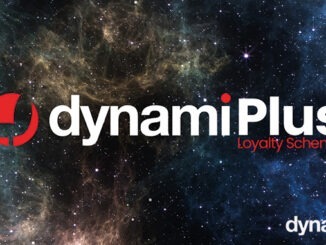
We all know it can be hard to break old habits. How many times have your sales team heard, “We’ve always used this brand,” or “We prefer to stick to what we know”?
The Challenge: Habitual Loyalty
Whether it’s the same brand of biscuits in the staff lounge or wall art that hasn’t changed since the 90s, convincing customers to try something new can feel like an uphill battle.
Customers who resist change are usually not opposed to the idea itself but are more concerned about factors like cost, ease of use, or the perceived value to their business. The familiarity of existing products often feels safer, and long-term loyalty can make switching seem unnecessary. This mindset can be particularly strong when customers feel that the current solution “works just fine.”
To help customers overcome this resistance, sales teams need to frame new solutions as practical, beneficial and easy to integrate.
Start Small: Baby Steps, Not Giant Leaps
One of the most effective ways to encourage change is to introduce it gradually. Rather than pushing a complete overhaul, present new products as small, manageable improvements. Use real-world scenarios to demonstrate the value – how does this new technology specifically benefit their current setup? Can it coexist with existing solutions?
For example, suggest trialling a single smart device or replacing one frequently used item with a modern alternative. Once customers see the benefits on a smaller scale, they may be more willing to expand to a more comprehensive update. Positioning incremental changes as low risk makes them more approachable, easing the path to adoption.
Create Talking Points: Make Change a Positive Story
Position new products not just as functional improvements but as statements that reflect the customer’s commitment to innovation. Businesses love showcasing that they’re staying ahead of the curve, whether through updated technology or fresh design. Encourage customers to view change as an opportunity to enhance their image and social presence.
Provide marketing assets that help customers promote their updates – like social media templates or content suggestions. When customers can share their new look or tech upgrade with their audience, it adds tangible value and helps them frame the change positively. It also reinforces their brand image as modern and forward-thinking.
Offer Trials with a Collaborative Twist
Free trials or time-limited testing periods can reduce the perceived risk of trying something new. However, take it a step further by positioning the customer as a partner in evaluating the product. Rather than simply offering a trial, encourage customers to share their insights. Ask them how their staff or clients reacted and what practical benefits they observed.
This collaborative approach not only empowers customers but also makes them feel valued as contributors to product development or improvement. Customers are more likely to embrace change when they feel they are helping shape its implementation, rather than merely being subjected to it.
Simplify the Transition: Products that Ease the Change
Sometimes, the challenge of changing up a workspace or process lies in the perceived effort. To mitigate this, offer products that make transformation simple and low maintenance. For example, digital signage solutions can replace static wall art, providing a dynamic and easily updateable way to refresh the office environment. This flexible approach allows customers to make changes without committing to permanent or costly overhauls. When the change itself feels easy and manageable, customers are far more likely to give it a go.
Breaking old habits isn’t just about introducing new products; it’s about shifting perspectives. Sales teams can help customers see change as an opportunity for growth rather than a disruptive challenge. By focusing on gradual transitions, offering engaging marketing angles, and making the switch as smooth as possible, you position your solutions as not just innovative but practical and beneficial.



Be the first to comment